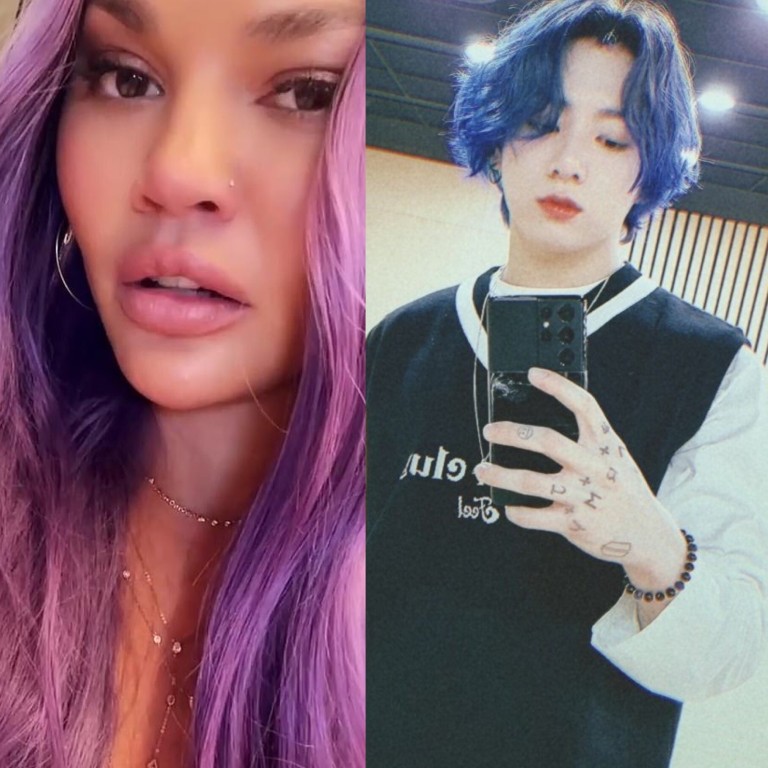
Hair dye sales soared as coronavirus lockdowns made novel shades trendy, from the blue of BTS’ Jungkook to Chrissy Teigen’s pink waves and Bella Hadid’s red fringe
- People dyed their hair a riot of colours amid the boredom of lockdown. It’s a trend set to continue, but choosing the right hair dye isn’t as simple as it looks
- Pick a shade or two lighter than you think you want, as box dyes tend to be a bit darker. ‘Natural’ dyes may not be as organic as you imagine them to be
The Covid-19 pandemic and the significant amount of time people have spent locked down at home as a consequence has spawned a host of beauty trends that have come and gone. One that shows no sign of wavering is experiments with various shades of hair colour.
While some high-profile celebrities have embraced their greys with grace during lockdowns – we’re looking at you, Jane Fonda – others have taken the opportunity to go bright and bold, with shades including pink (see Shakira and Chrissy Teigen), blue (sported by BTS’ Jungkook) and, more recently, red.
“The biggest risk is the unknown. There are too many factors you cannot control, from how the dye will react with your hair and skin, to finding a quality brand you trust,” explains Roland Boutin, co-founder and director of BruneBlonde salon in Hong Kong.
“Trained hair colourists have the expertise and experience to guide you, as it’s not a one-size-fits-all solution.”
Hair dyes can be a confusing because there are several types to choose from. Non-permanent and semi-permanent dyes coat the outer layers of the hair with colour and will wash out after a few weeks. They are better suited to darker tones but are not as effective on grey hairs.
‘I feel like a total rebel’: the pandemic is changing beauty and fashion
Permanent formulas, in contrast, are considered longer lasting, although they will eventually grow out. They contain a cocktail of ingredients that strip the hair of its natural colour, before replacing it with a new pigment. Some brands also offer glosses, which are translucent formulas that help enhance or revive your current hair colour.
Regulating bodies in the European Union have also limited their use – for example, hair dyes cannot contain more than two per cent of PPD.
Despite this, these active ingredients are necessary, especially in permanent formulas.

“All hair dye that leaves a lasting effect is activated using a peroxide. When the peroxide mixes with the dye load in hair colour it carries the colour into the hair, where colour molecules swell and become trapped, leaving a new colour behind,” explains London-based colourist Josh Wood.
Many brands have endeavoured to create less toxic alternatives over the years in an effort to give the consumer “clean” formulas. As such, there is no shortage of “natural” and “organic” dyes on the shelves, although experts warn that these labels can be misleading.
Henna dyes also have their drawbacks – some versions contain heavy metals, and they can add an unflattering brassy hue to the hair.
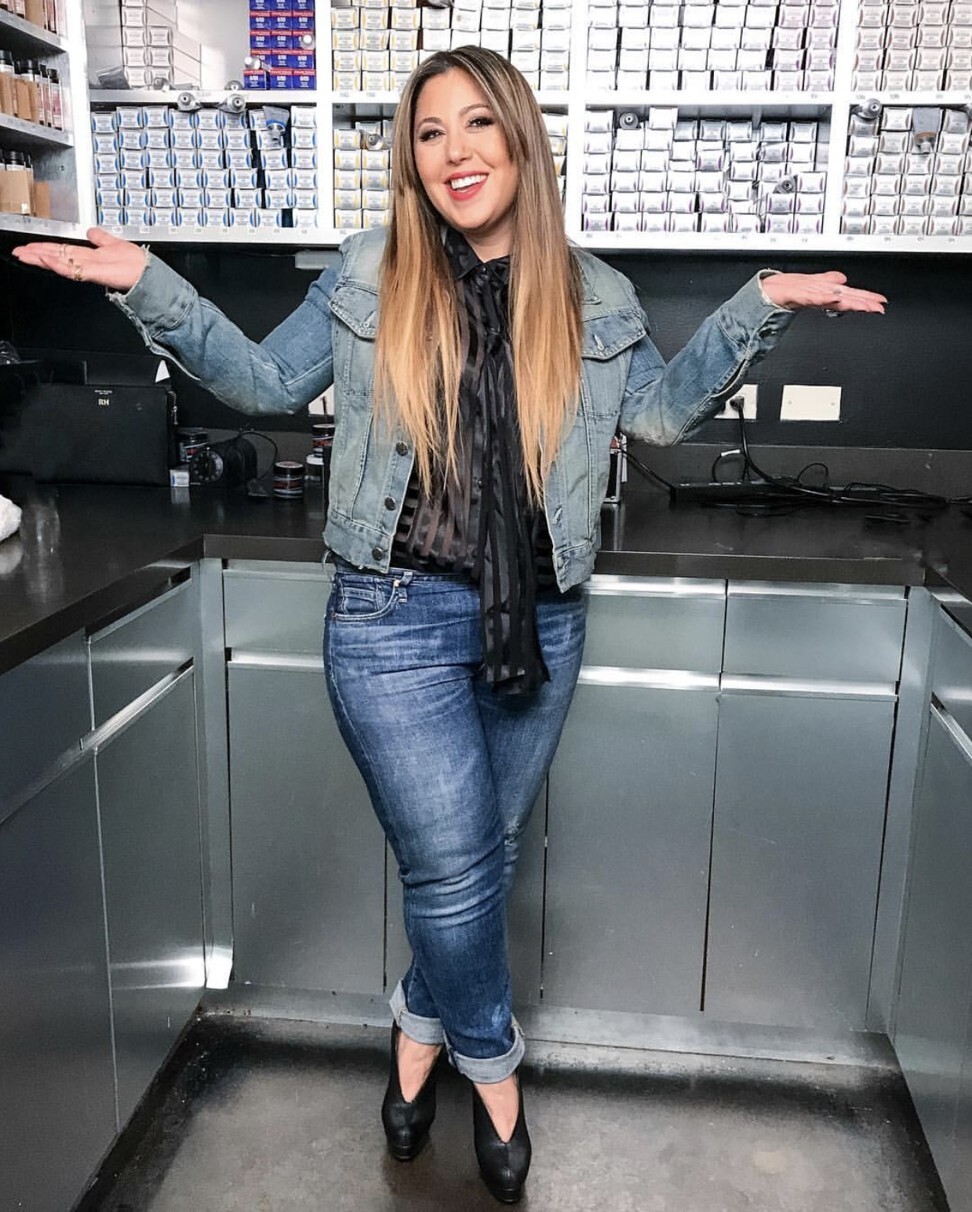
When a dye is labelled “natural”, it is likely to contain other ingredients that have been added to counteract the damaging effects of chemicals present in the formula while ensuring that the hair stays in optimal condition.
If your goal is instead to restore hair colour the natural way, companies such as Hairprint offer an innovative alternative to chemical hair dyes.
Suitable for brown and black hair types only, Hairprint is a non-toxic solution – it contains seven food-grade ingredients and minimal peroxide, which works by restoring the hair’s natural pigment colour, known as eumelanin, to hair shafts.
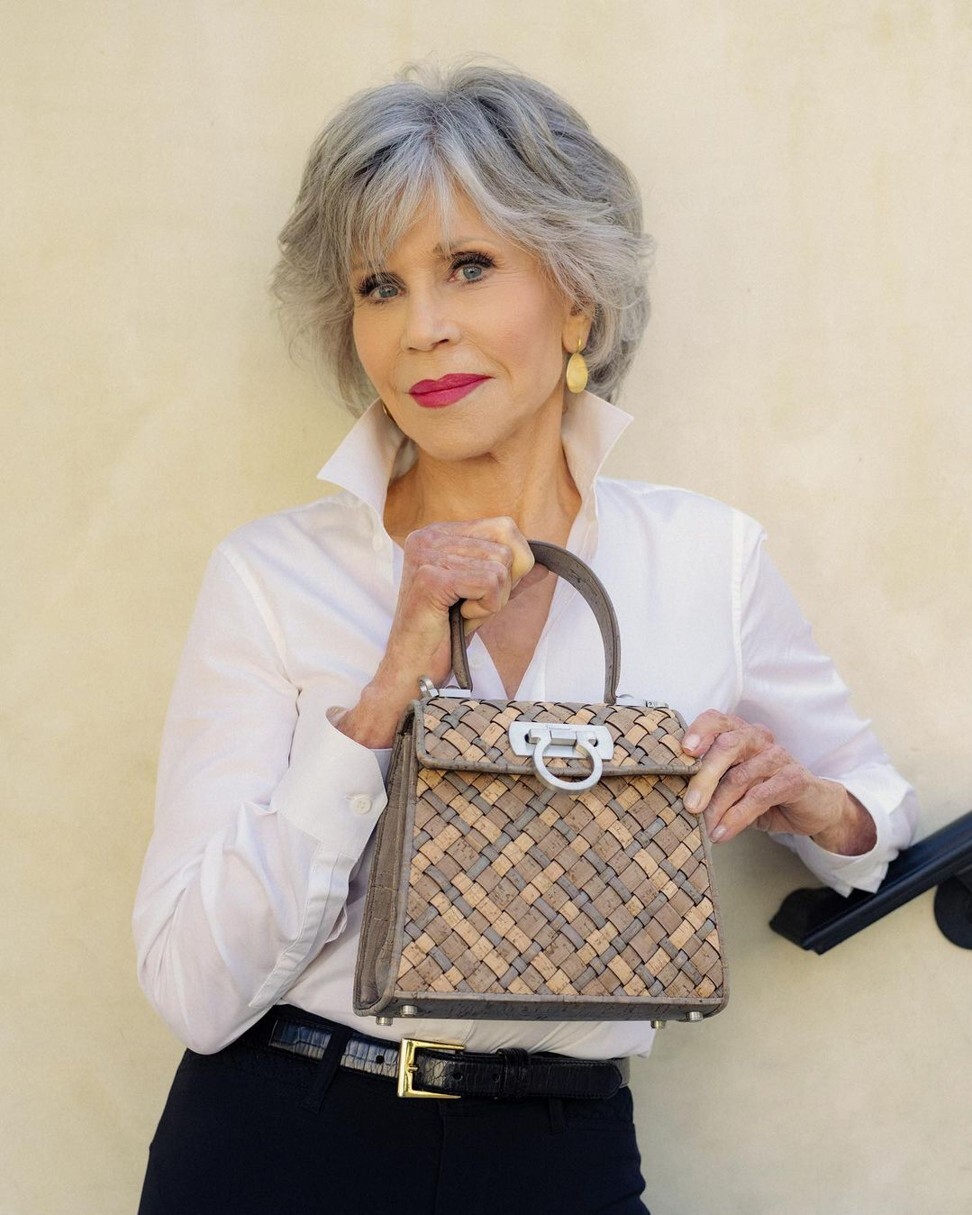
Ingredients aside, choosing the right colour can also be difficult. As a rule, experts recommend staying as close to your natural hair (and eyebrow) colour as possible. When in doubt, a quick strand test will also give you an indication of how the colour will turn out.
“Pick the colour of your ends, not your roots and always pick a shade or two lighter than you think. Box dye tends to be a bit darker. If you have a lot of grey, try going a bit lighter so the contrast is not as great when it grows back. The darker the hair, the more the grey will show,” says Hazan.
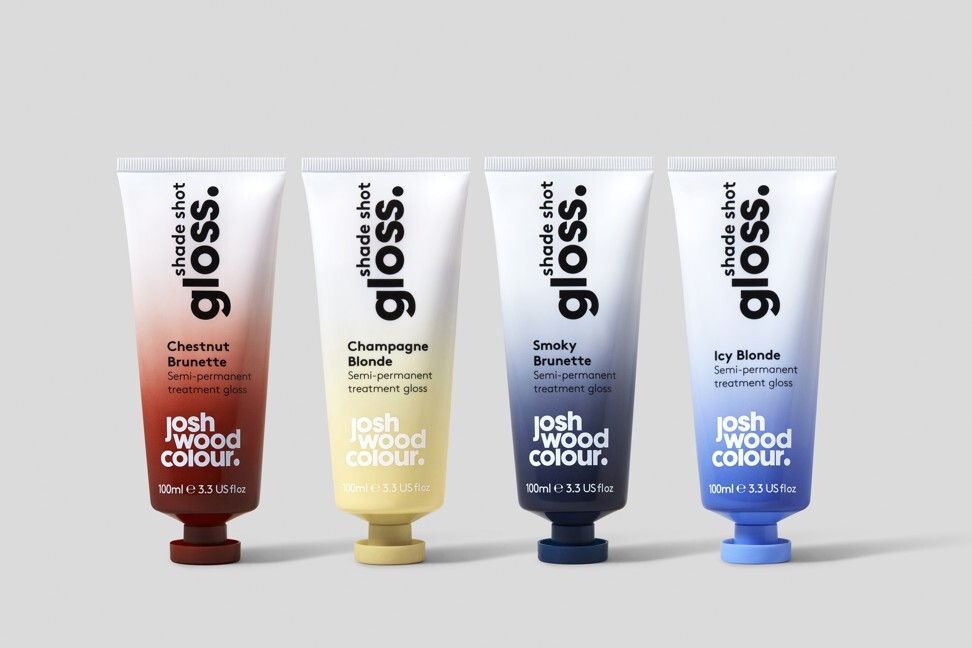
“It’s better to use a product that isn’t too dark because it’s harder to take away the pigment. If it is not dark enough you can always add more, which gives you more control,” adds Boutin.
Unfortunately, the work does not stop there. Once you start dyeing your hair, maintenance becomes essential.
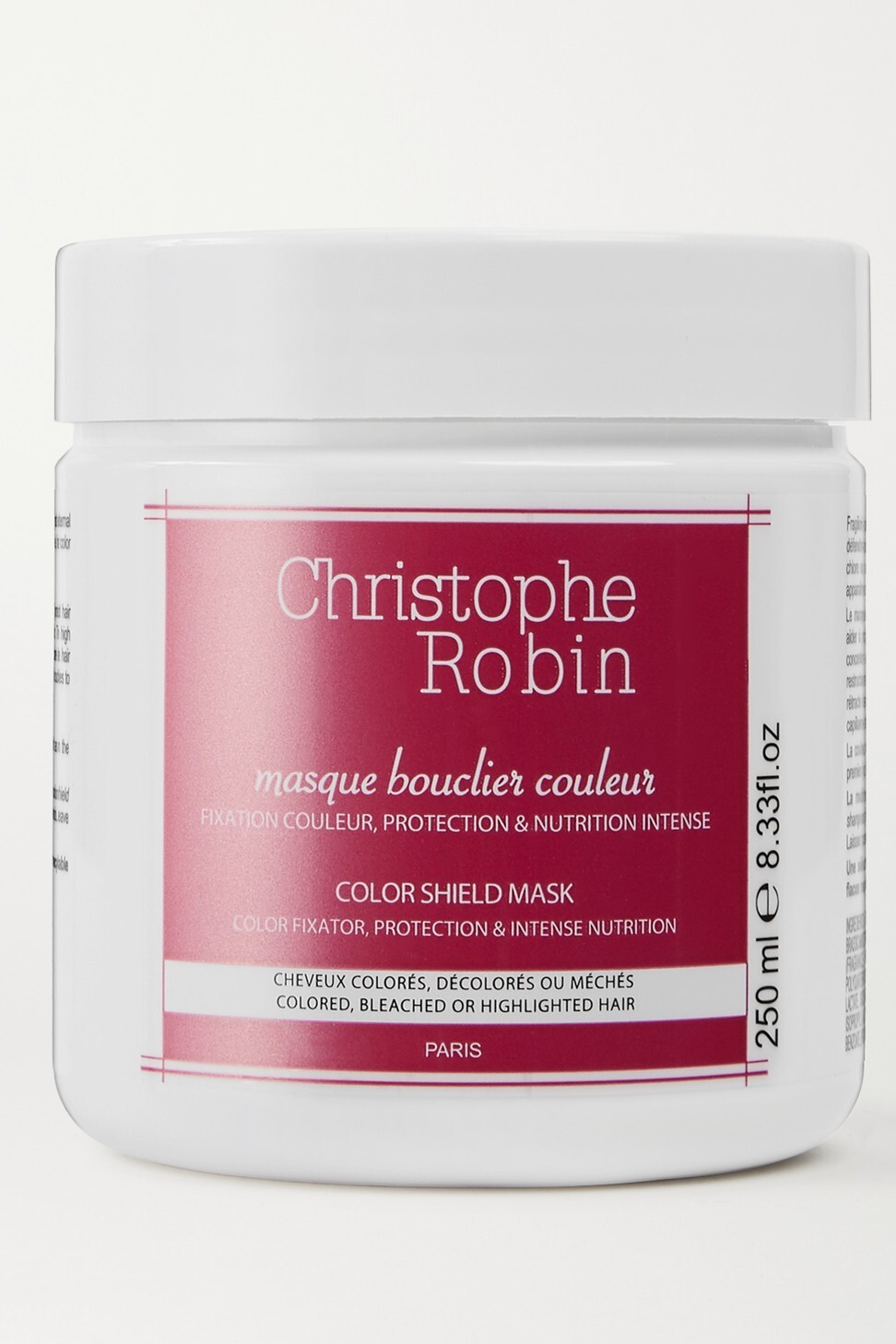
To keep hair in the best condition possible, Wood suggests that his clients wait around four weeks between root touch-ups. Consumers can also choose from an array of newly developed products that help maintain colour in between dyeing sessions.
These include everything from root concealer, which is applied using a crayon-like pencil, to touch-up sprays and powders. Shampoos and conditioners that contain UV-filters can also help prevent fading and colour loss.
“Many of these products are good, but be wary if they look too overpowering or if they leave a sticky residue. The best part about most of them is that they wash out easily, making them a great short-term solution,” says Boutin.

